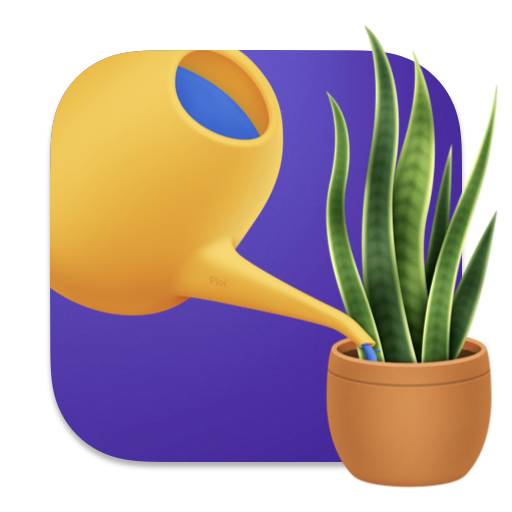Sedum tetractinum aka Chinese Sedum
Taxonomy ID: 93
Common names
Chinese SedumMore information about Chinese Sedum
How difficult is it to take care of Chinese Sedum
Caring for Chinese Sedum is a breeze, as it is highly adaptable and forgiving to minor neglect.
What is the region of origin of Chinese Sedum
Chinese Sedum’s native range is Northern Hemisphere, South America, and Africa.
What are the water needs for Chinese Sedum
Chinese Sedum does best in dry soil and should only be watered sparingly.
What is the right soil for Chinese Sedum
To keep your Chinese Sedum healthy, it's important to use a potting soil that won't retain too much moisture. A soil that drains well and contains perlite or vermiculite for drainage and some organic matter for nutrition is ideal. Adding a few handfuls of perlite to regular cactus soil from the store is an easy way to create this type of soil mix.
What is the sunlight requirement for Chinese Sedum
Chinese Sedum requires abundant, bright, and direct light to thrive. The best placement for this plant is within one foot of a window to ensure it receives enough light. If you live in an area with more extreme weather, such as hot summers or cold winters, you may need to adjust the placement of the plant accordingly. During hot summer months, it is important to place the plant away from full sun, as this can cause the leaves to yellow or burn. During cold winter months, it is best to move the plant closer to the window to take advantage of the extra light that can help it survive. By keeping an eye on the current weather in your area, you can make sure your Chinese Sedum is always in the right place to thrive.
What's the right humidity for Chinese Sedum
Chinese Sedum prefers dry environments, but by misting the plant or providing extra humidity, water will linger on the leaves and create an ideal environment for fungi that could be harmful.
How to fertilize Chinese Sedum
The Chinese Sedum is characterized by its slow growth and doesn't need fertilization in addition to its potting soil. By renewing the soil in its pot once a year, it should have enough nutrition. Remember, plants get their energy from sunlight, not from any fertilizers.
Is Chinese Sedum toxic to humans/pets?
Chinese Sedum is poisonous if ingested. We suggest keeping this plant out of reach if you have children, cats, or dogs in the home.
More Species in Sedum Genus

Sedum oaxacanum

Sedum dendroideum Greater Mexican Stonecrop
Sedum suaveolens Little White Dots

Sedum villosum Hairy Stonecrop

Sedum lanceolatum Spearleaf Stonecrop

Sedum caeruleum Blue Stonecrop
Sedum hirsutum Ground Grapes

Sedum Stonecrop

Sedum dasyphyllum Thick Leaf Stonecrop


